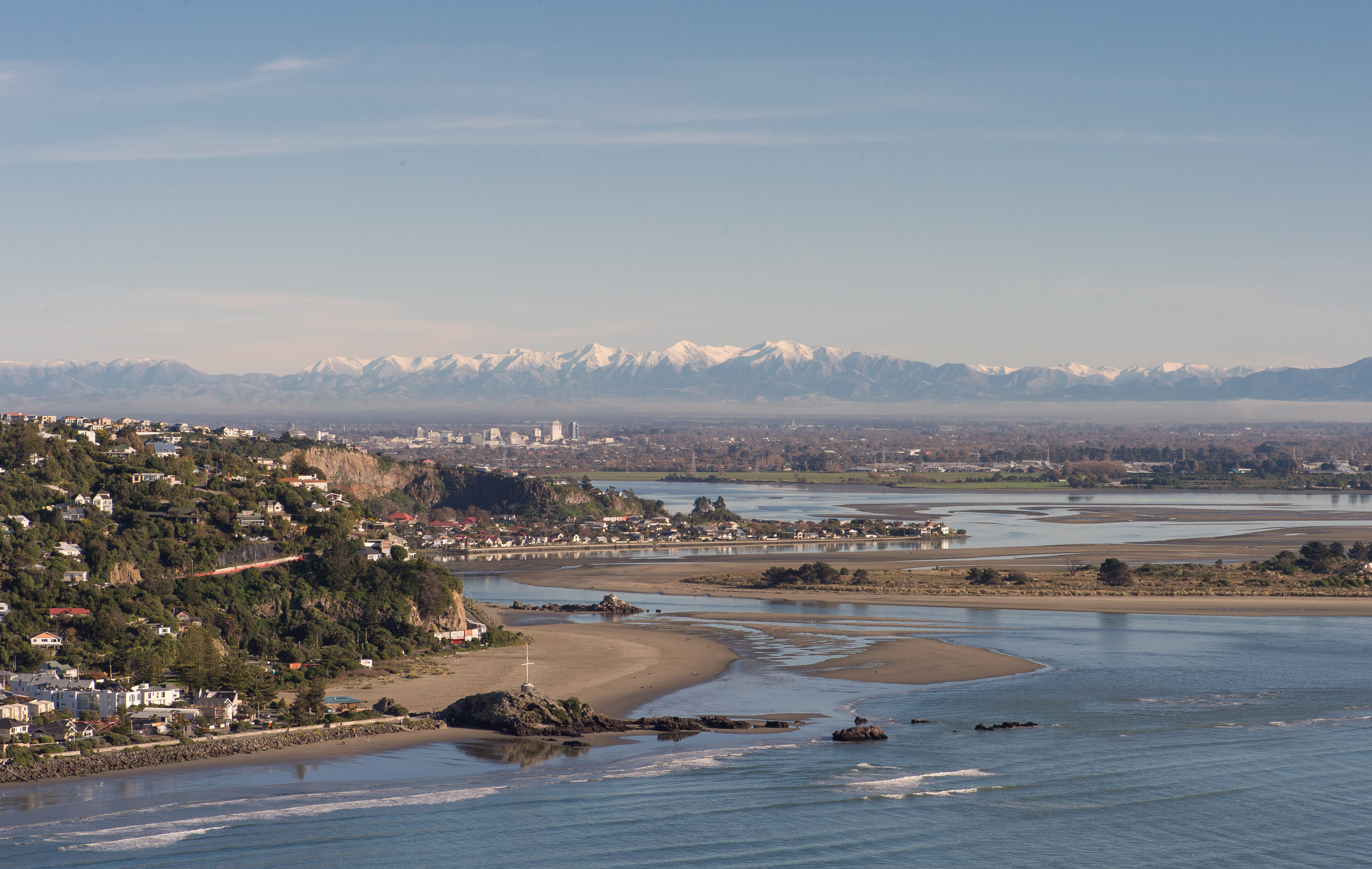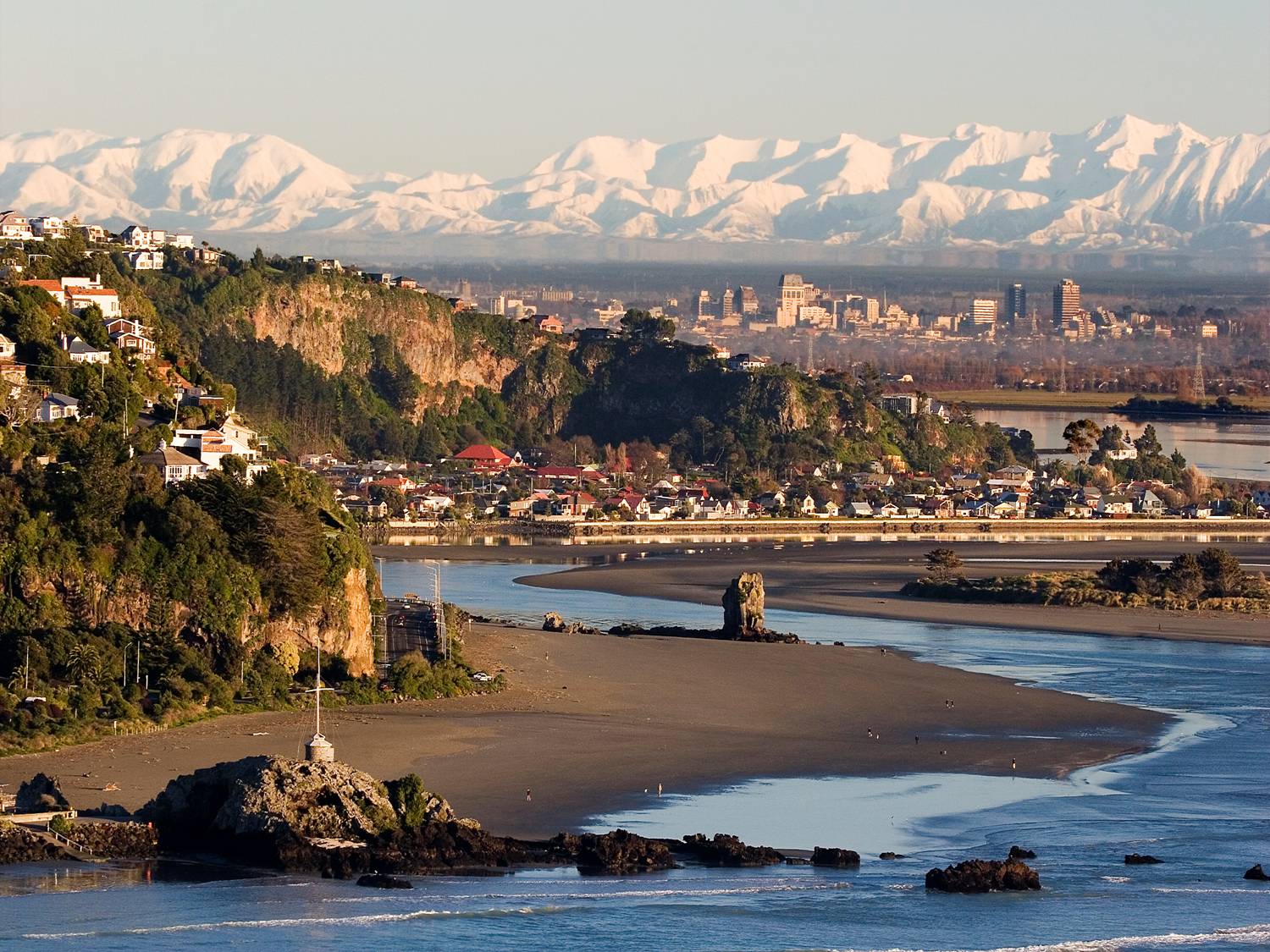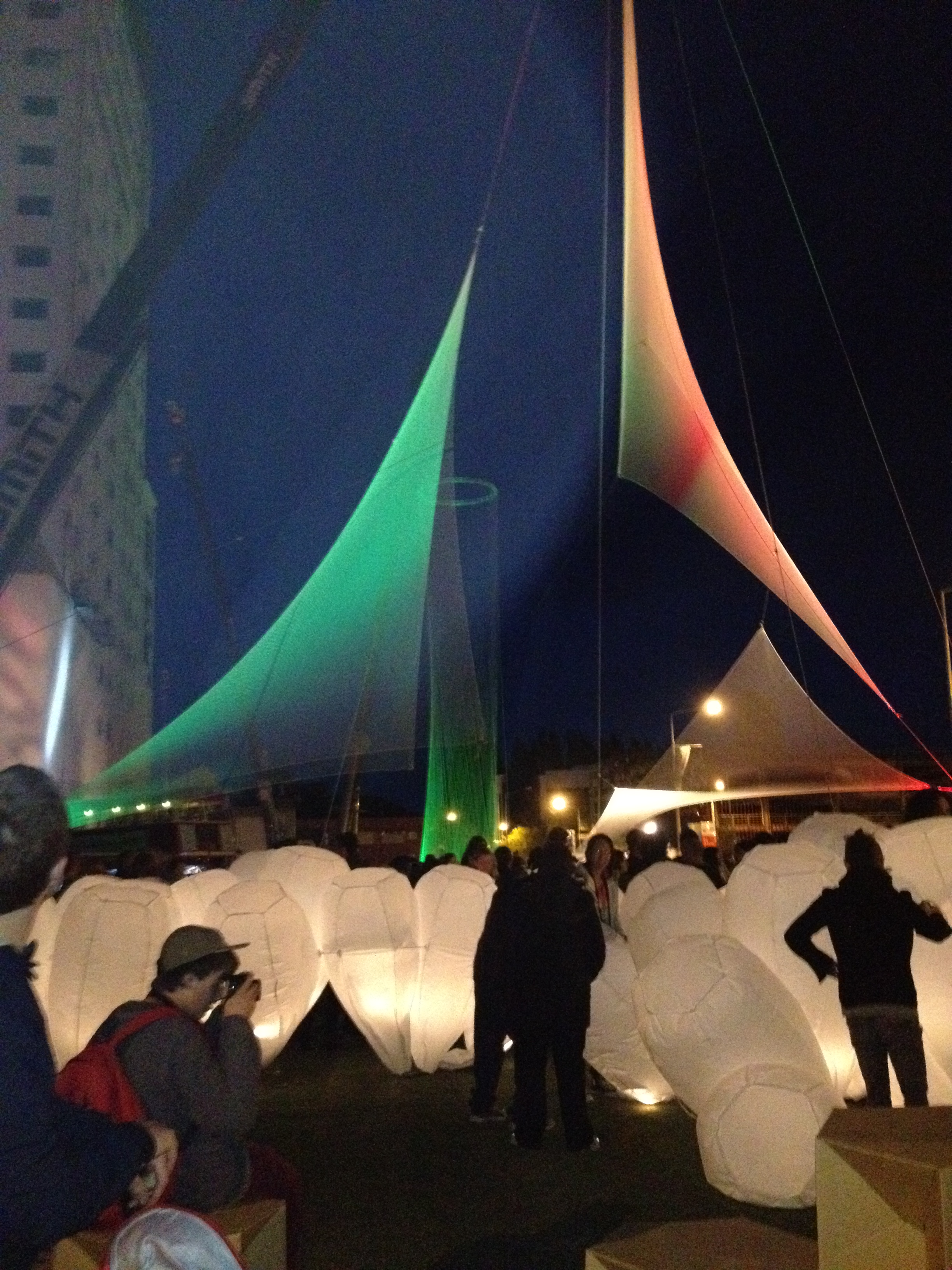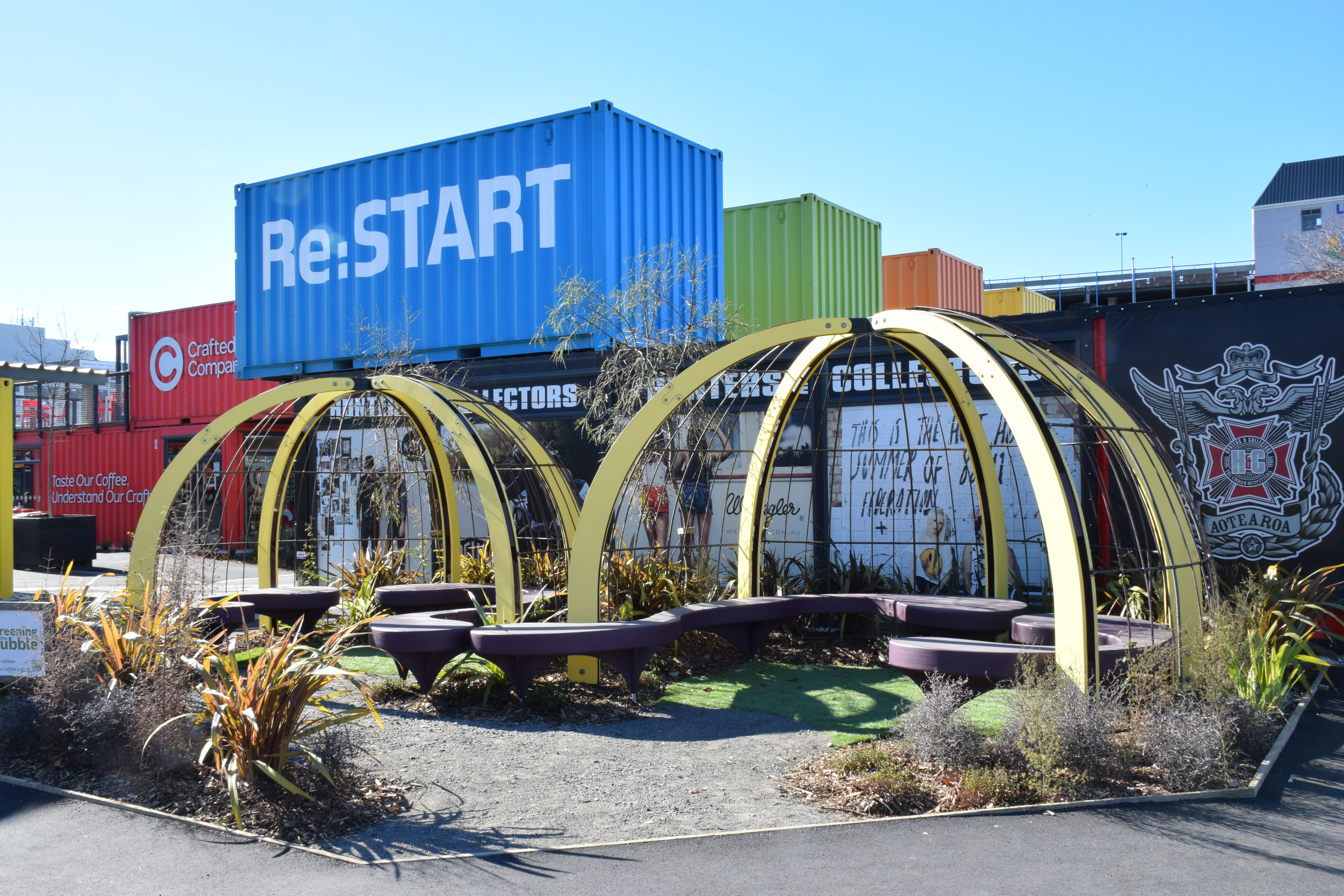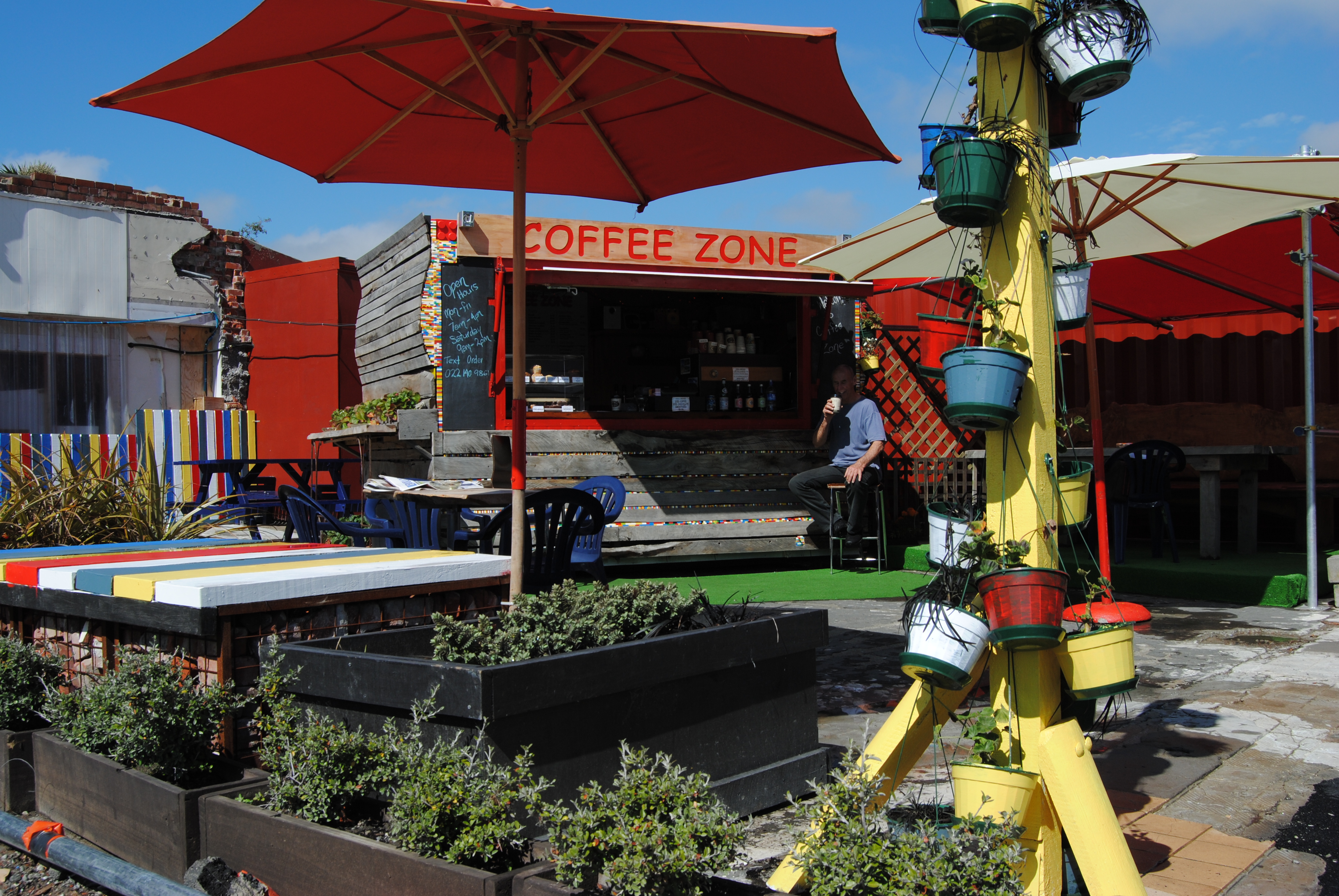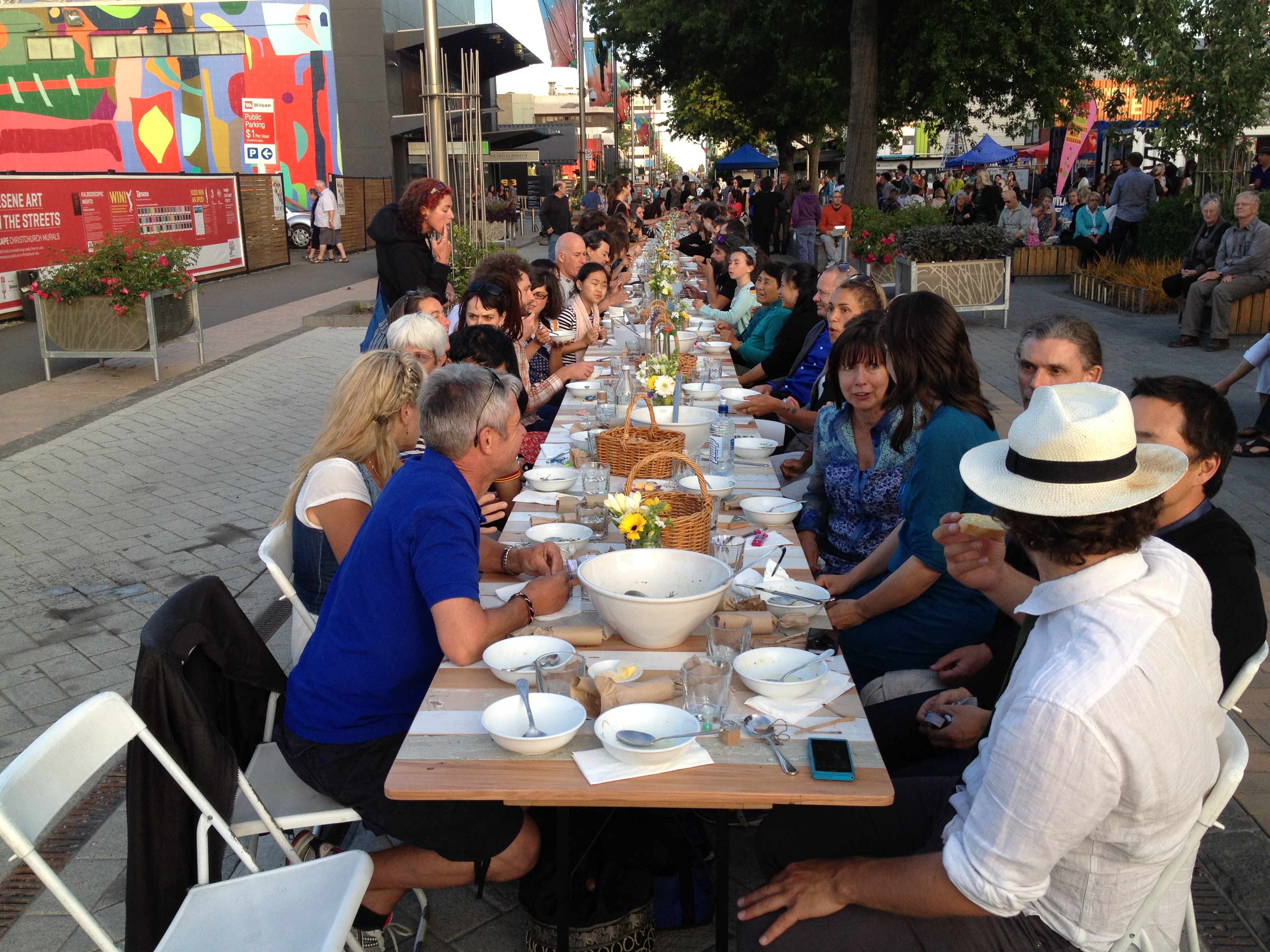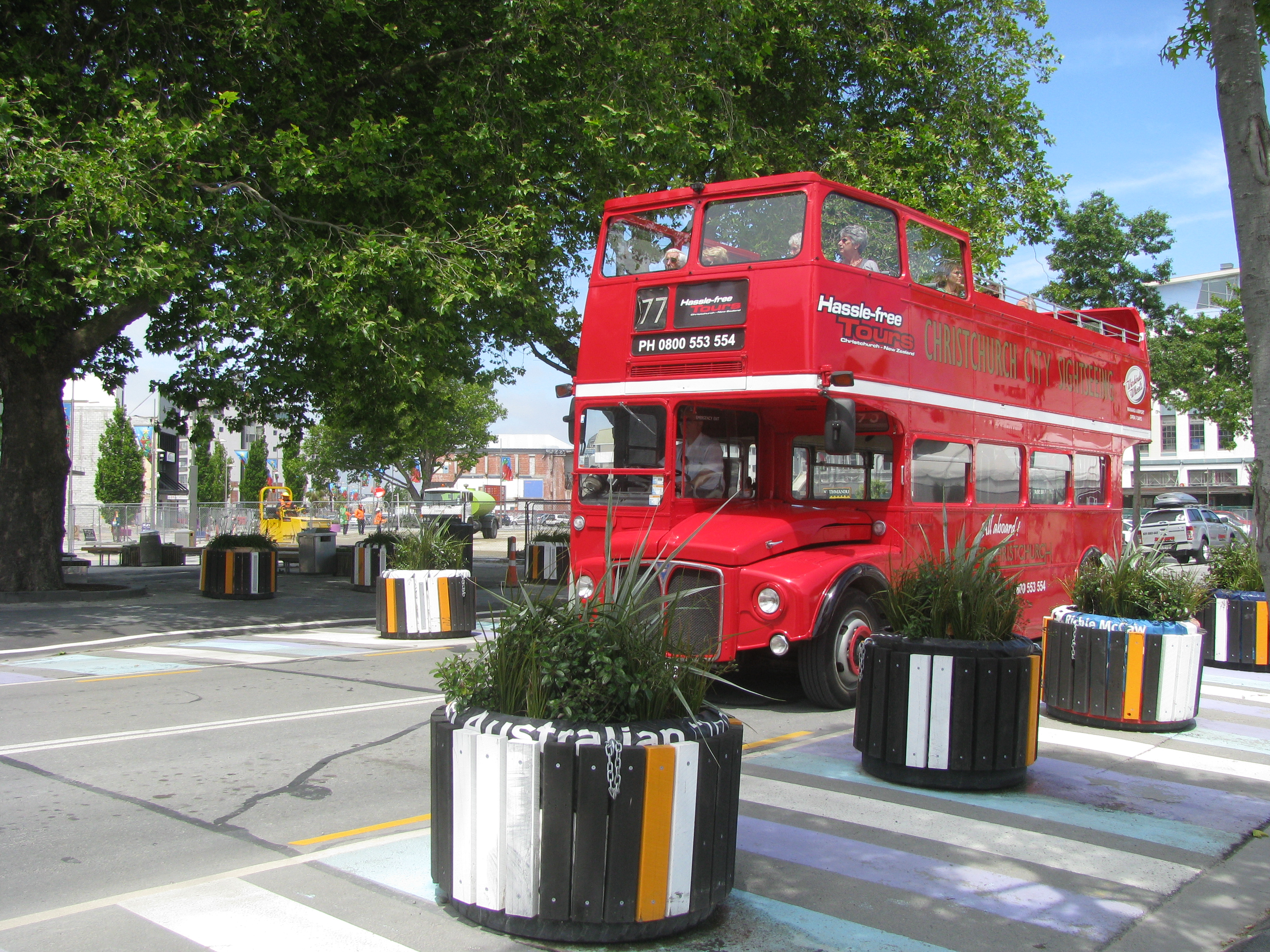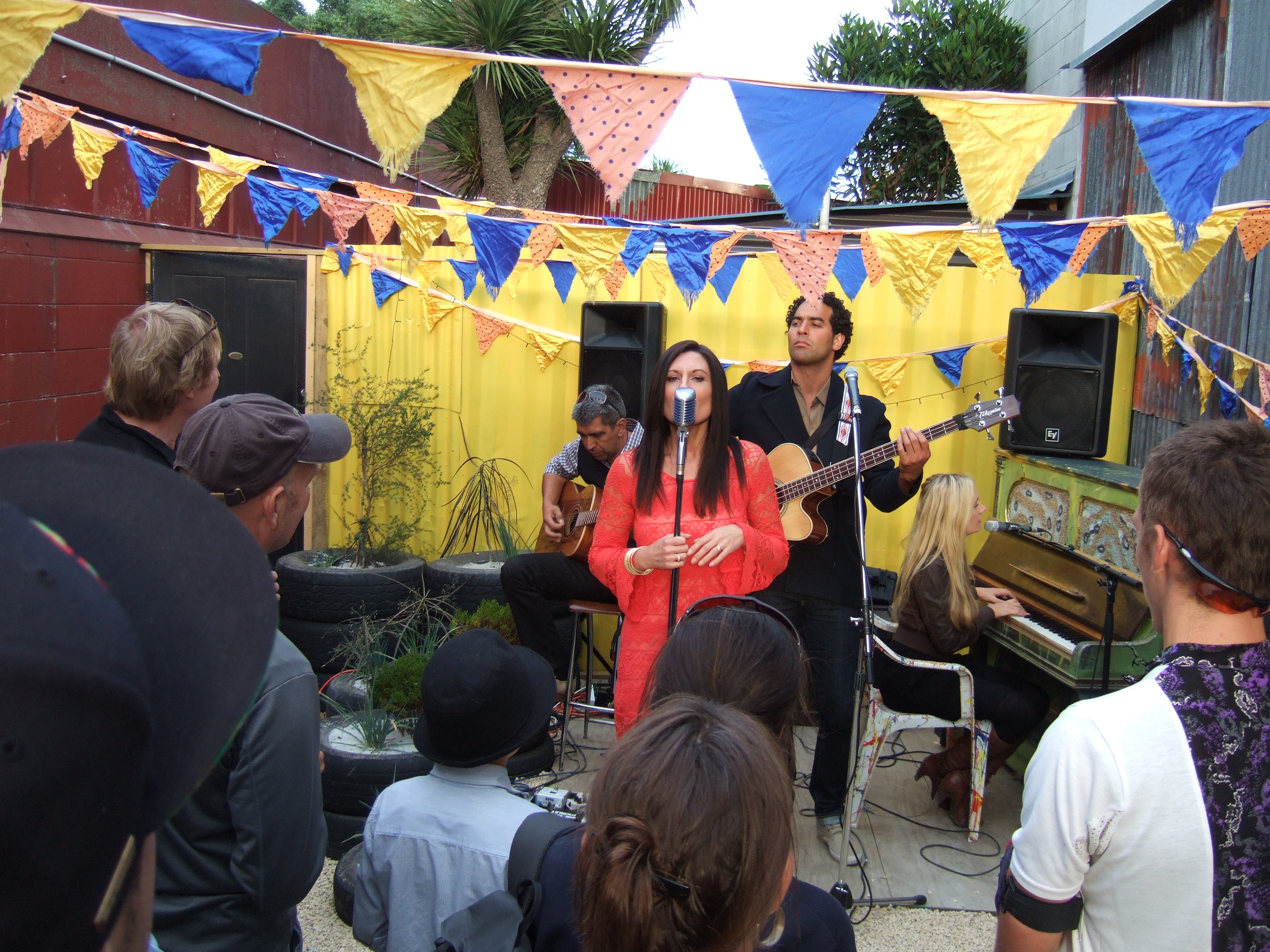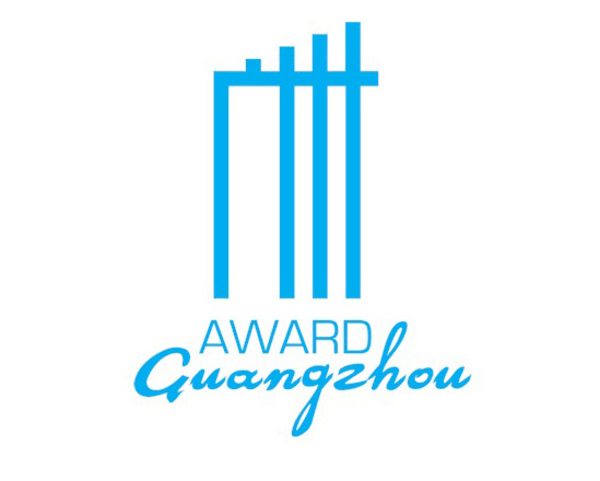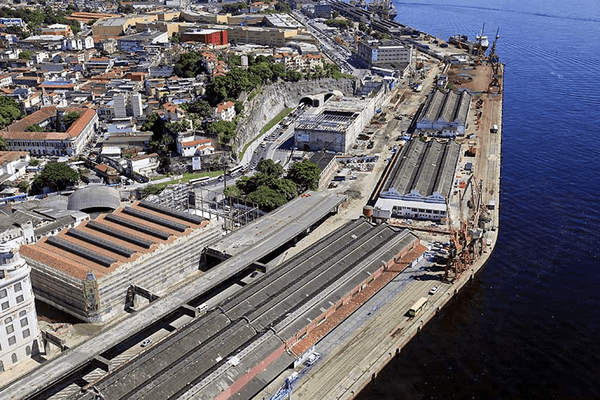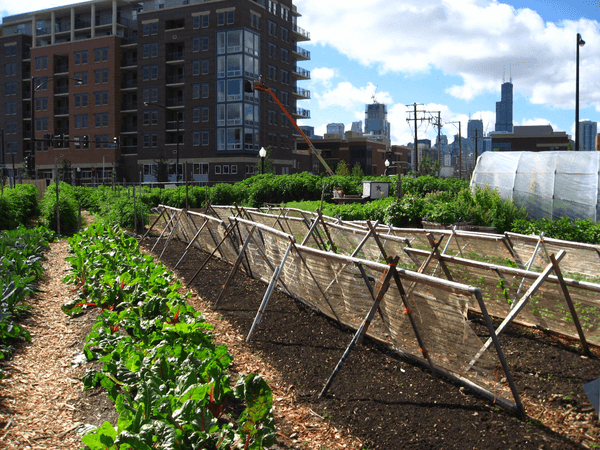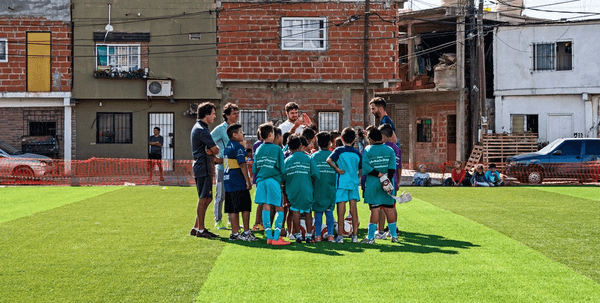City
Christchurch
Main actors
City Government, Private Sector, Community / Citizen Group
Project area
Whole City/Administrative Region
Duration
Ongoing since 2010
A transitional city programme includes support for recovery after earthquakes in three key areas: social, sense of place and business. The programme also contains elements for long-term recovery such as testing new ideas, enhancing community resilience and creating a new identity for the city.
From 2010, a series of earthquakes and aftershocks caused loss of life and extensive damage to Christchurch. The damage included destruction of 1,200 commercial building and damage of 90% of residential properties. The city is using the recovery process to rebuild the social fabric as well as to enhance resilience. Extensive engagement with citizens was launched through the "share an idea" campaigns. From the thousands of responses received, the community's vision of a livable, vibrant and prosperous city began to take shape.
To date hundreds of community activities have been organized and vacant spaces in the city have been activated with creative projects. The private sector has contributed significant financial and inkind support while 10,000 hours of voluntary work has been given by the community. An indication that Christchurch is on the way to recovery is the fact that it is once more being listed as a tourist destination worth recommending.
Guangzhou Award
This project was awarded the 'Guangzhou Award' in 2014.
On Map
The Map will be displayed after accepting cookie policy
